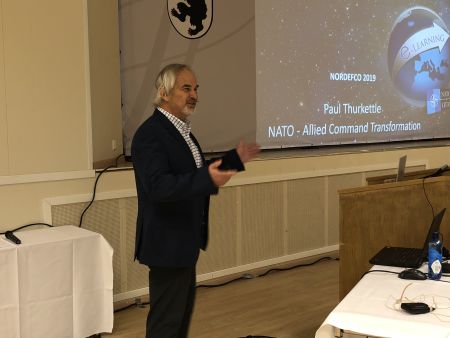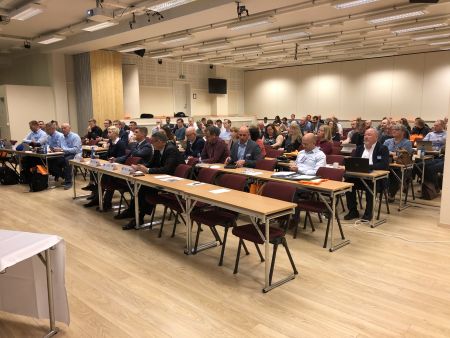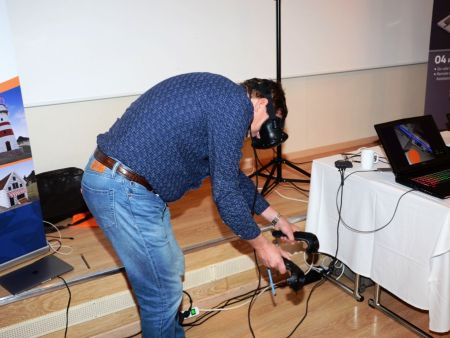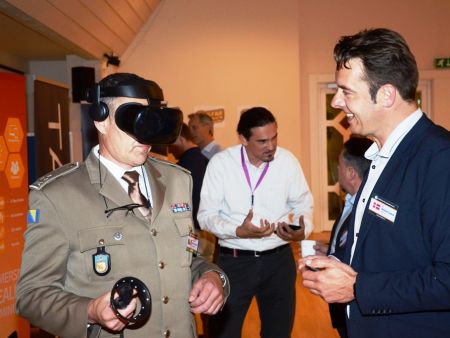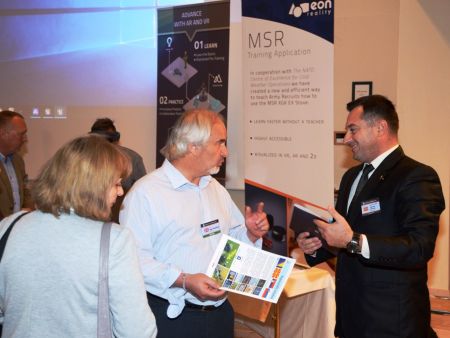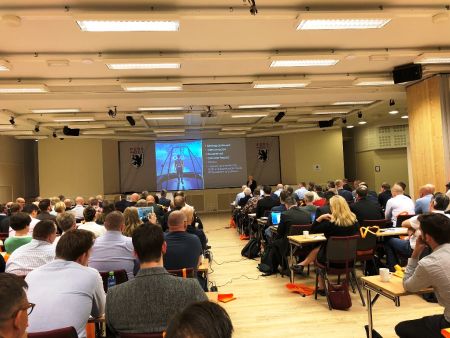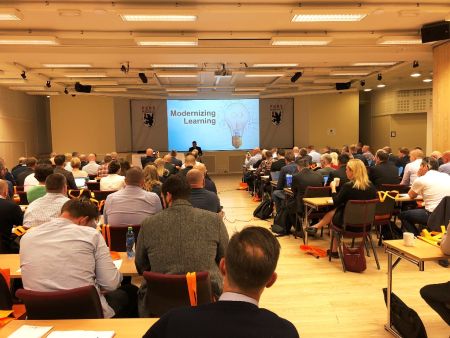Dr. Sae Schatz
Advanced Distributed Learning (ADL) Initiative
United States

State of the ADL Union
Professor Hanni Muukkonen
University of Oulu, Finland

Using learning analytics to support dynamic learning paths in higher education
Learning analytics can be used at various levels of granularity to examine and visualize learning paths of students and groups. Learning analytics refers to the measurement, collection, analysis and reporting of data about learners and their contexts, for the purposes of understanding and optimizing learning and the environments in which learning occurs. Data can be collected and analysis provided at the student, teacher or course, institution or governmental level. Typically, at the student level, various data from course-based learning environment activities is collected, which enables the reflection and analysis of progress or personal goals. At the institutional level, analytics may help to identify needed guidance or refinement of curricula or services to support fluent study paths. Further, artificial intelligence methods which combine register-based and activity-based data. in applications and advanced feedback designs can make the progress in studies visible to involved actors. What takes place between data being collected and presented back to the end-users is critical to maintain the transparency of analytical procedures and algorithm use, i.e., what is actually being represented by the visualizations. Ethical, legal and data protection issues play an important role in the definition of practices and standards for use of analytics in institutions.
Mr. Avron Barr
Institute for Defense Analyses, United States
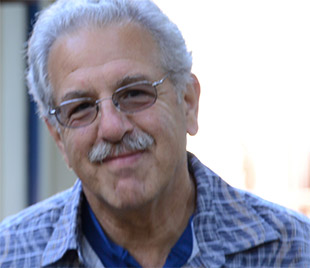
Making Room for AI in the Classroom
AI-enhanced software can teach, and these smart computer programs will get much better at teaching in the years to come. We will review some examples of the use of artificial intelligence technologies in education and training today, as well as some cutting edge research projects that point to AI’s future in the schools. Turning to adoption and impact, we’ll discuss the technical infrastructure that will be needed to deploy these smart systems effectively, especially as regards learners’ data and data governance issues. Finally, we look at the impact on students, teachers, and schools. We propose a re-engineering approach to organizational change that might help educators get ahead of these inevitable developments.
Mr. Paul Thurkettle
NATO ACT, United Kingdom

Trends in e-Learning - What's working?
Since its inception and adoption, online learning has seen many trends and "fads". Immersive, game based, mobile, video, AI, social, and now micro. How have these been implemented, how successful have they been and where do we stand now? The presenter will review these trends and via an interactive session with the audience see how many have merged together. What has worked, what is working and where should we be aiming for to meet our present and future requirements.
Keynote speakers: 45 mins.
Speakers (Auditorium): 30 mins.
Parallel sessions: 40 mins.
Workshops: 2x40 mins. or
Workshop: 90 mins.
INCLUDING QUESTIONS!
Exhibition in every break







